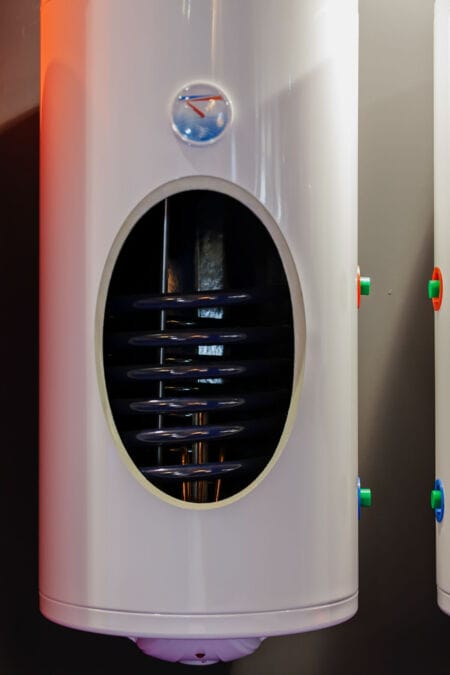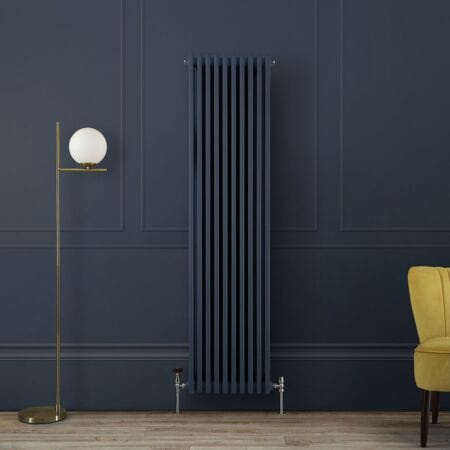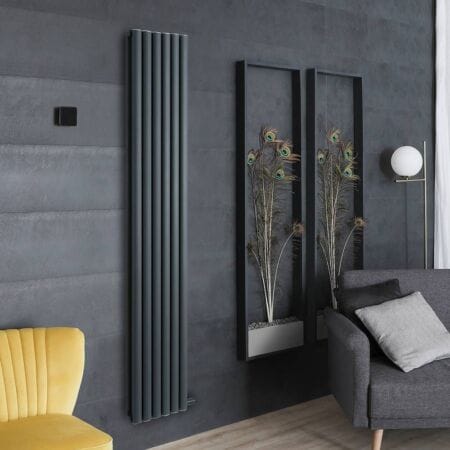Contents
ToggleWhat we'll cover...
How to build a heating routine in the morning and evening for savvy, cost-effective and efficient schedules.
How to create an effective heating routine for your home
Being honest, nobody enjoys the rude awakening of tiptoeing across cold tiles first thing in the morning or shivering through the last episode of your latest Netflix binge. And with energy costs doing their best impression of a SpaceX launch, it can pay to set an effective heating routine that sees the home warm up fast, efficiently, and only when it needs to.
So, how do you build smart, comfortable, and cost-effective heating routines for your mornings and evenings? Whether you’re battling a draughty hallway, trying to get the bathroom to stop doing its best ice cave impression, or just want your kitchen cosy before the kettle boils, this guide will help you heat your home like a pro – without burning through your budget.
Morning and evening are when your heating system really earns its keep. But rather than whacking the thermostat up to 25 and hoping for the best, a smarter routine means:
- Lower energy usage
- Consistent comfort
- Reduced carbon footprint
- Less boiler strain (and fewer expensive breakdowns)
The trick? It’s all in the timing, placement, and control.
Well-timed heating doesn’t just save money; it also changes the way your home feels. Smart heating routines can elevate the comfort of your space while staying firmly on the right side of the energy bill.
Morning routine: Rise and radiate
Mornings don’t have to start with a shiver. Whether you’re a 5am gym-goer or someone who hits the snooze button on repeat, the key to warm starts lies in subtle pre-planning.
- Start 30 minutes before wake-up
Use a programmable thermostat alongside your trendy designer radiators to begin warming key areas of the home 20–30 minutes before your alarm goes off. Focus on the bedroom, bathroom, and kitchen. You’ll reduce the temptation to hover over the kettle or brush your teeth in a dressing gown burrito. - Zoned heating = Gamechanger
With smart TRVs (thermostatic radiator valves), you can heat up only the rooms you’ll use. There’s no point firing up the radiators in the spare room if all you’re doing is brushing your teeth and making your morning corn flakes before you head out. - Use radiators with fast heat-up times
Aluminium radiators, or low water content models, heat up quickly and don’t waste energy lingering in idle mode. Great for reactive warmth when time is tight. - Warm flooring is your friend
Away from radiators, underfloor heating or well-placed rugs can help keep your feet warm and prevent heat loss through floors – particularly so in older homes. - Set your hot water accordingly
If you’re working with a combi boiler, this is automatic. But with a cylinder system, make sure it’s hot and ready when you are.
Evening routine: Cosy on command
Evenings are about winding down, not blasting the thermostat and hoping for the best. Comfort here stems from steady, ambient heat – a warm blanket of air, not a stuffy sauna.
- Wind down with pre-heat
Set your system to begin warming up the living room and bedrooms 20 minutes before your return or your usual unwind time. That way you can go straight from commute to couch in comfort. - Use a lower temperature for a longer duration
Rather than firing out heat for an hour, aim for a gentle, sustained 18–20°C range. You’ll keep warm and avoid the dreaded hot-then-freezing yo-yo situation. It’s also a better option for your boiler and bills, especially when trying to save on heating in winter. - Heated towel rails for the win
Coming out of an evening shower to a toasty towel is a little luxury you won’t want to skip. Dual fuel towel rails and electric heated towel rails are especially energy-smart and perfect for winter routines. Use a timer for maximum efficiency. - Don’t let the cold creep in
Close curtains, plug draughts, and seal up any gaps around doors. Even with perfect routines, heat can sneak away like a teenager at a house party. - Turn down, not off
Letting your home drop to Arctic temps overnight isn’t efficient. Keep things ticking over at 16–17°C so less energy is required to warm up in the morning. Your future self will thank you.
Smart tech for seamless heating routines
If your heating routine still involves running downstairs to press a button, it’s time to level up. Smart controls like the Milano Connect range allow you to:
- Set and forget your schedule
- Control heating from your phone
- Adjust settings remotely if plans change
Zoned systems, smart TRVs, and Wi-Fi thermostats help you heat with precision, not guesswork.
Other handy options include:
- Motion sensors to trigger heat in rooms only when occupied
- Geofencing to switch heating on or off depending on the location of your phone
- Weather-responsive thermostats that adapt your schedule in reaction to sudden cold snaps
Your heating doesn’t need to be a constant, it just needs to be clever. With a few tweaks to your morning and evening schedule, the right kit, and a bit of tech know-how, you can stay warm when it matters most – and avoid the awkward hallway sprint/skid in your socks. And you can always consult our guide on how to stay warm without turning up the thermostat for some extra heat retention tips that won’t boost the bills. What’s more, you can find seasonal radiator styling hints and help on selecting the best radiators for modern interiors, plus much more, in the BestHeating Advice Centre.
Create heating routines that serve your lifestyle. Use heating that adapts to your needs. And remember, comfort and efficiency are not mutually exclusive. Warm up fast, stay efficient, and never face a cold floor again.
Keep us up to date on your top heating routine tips in the comments section below, or reach us on Instagram, Facebook or X.
John is a Research Specialist for the Best Heating Advice Centre, where for over nine years he has dedicated himself to demystifying home heating for our customers. He specialises in creating clear, data-driven guides and how-to articles by collaborating directly with our team of certified heating experts and product engineers.
His work, built on a foundation of journalistic research, has helped millions of readers make confident and informed decisions about their home heating. When he’s not breaking down the heat output differentials from radiators to heated towel rails, John fancies himself as a fine football and music connoisseur.







